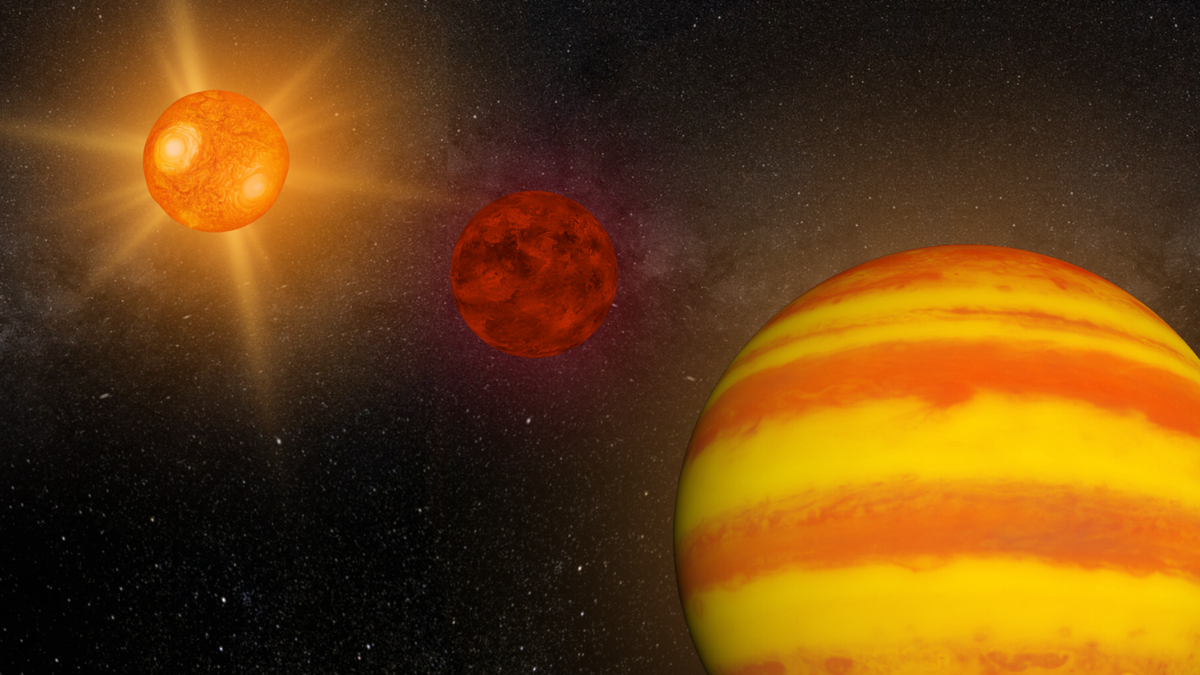NASA’s CubeSat Radio Interferometry Experiment, or CURIE, is set to launch on July 9, 2024, with the goal of investigating the origins of radio waves emitted by the sun.
This mission aims to advance our understanding of solar phenomena and their effects on space weather. The project represents a significant leap forward in solar research, promising to uncover the long-standing mysteries of solar radio waves and their precise points of origin within coronal mass ejections (CMEs).
Uncovering the Mysteries of Solar Radio Waves
For decades, scientists have observed radio waves emanating from the sun, linked to solar flares and coronal mass ejections. However, the precise origin of these waves within CMEs has remained a mystery. CURIE aims to solve this puzzle using a technique called low-frequency radio interferometry, which has never been used in space before.
This innovative method will employ two independent spacecraft, each no larger than a shoebox, orbiting Earth about two miles apart. This configuration allows the instruments to measure minute differences in the arrival time of radio waves, enabling precise determination of their origin.
Principal Investigator David Sundkvist of the University of California, Berkeley, described CURIE as “a very ambitious and very exciting mission.” He added, “This is the first time that someone is ever flying a radio interferometer in space in a controlled way, and so it’s a pathfinder for radio astronomy in general.”
This mission is expected to provide critical data on the solar origins of radio waves, which can help us understand the mechanisms behind CMEs and improve predictions of space weather impacts on satellite communications and technology on Earth.
Innovative Technique and Mission Details
The CURIE mission will employ low-frequency radio interferometry to measure radio waves ranging from 0.1 to 19 megahertz. Earth’s upper atmosphere blocks these wavelengths, making space-based observations essential. The spacecraft, designed by a team from UC Berkeley, will be launched aboard an ESA Ariane 6 rocket from the Guiana Space Center in Kourou, French Guiana.
Once in orbit, at 579 kilometers (360 miles) above Earth, the two connected CURIE spacecraft will establish communication with ground stations, orient themselves, and then separate. Their dual eight-foot antennas will then deploy and start collecting data on the sun’s radio waves. Sundkvist emphasized the significance of this approach, stating, “This arrangement will allow CURIE’s instruments to measure minute differences in the arrival time of radio waves and pinpoint their exact source.”
The ability to conduct such precise measurements from space represents a monumental step in our ability to study solar phenomena. The CURIE mission’s design and implementation reflect years of planning and innovation, aiming to provide unprecedented insights into the nature of solar radio emissions. The spacecraft’s capability to detect and analyze these emissions, despite the challenges posed by the Earth’s atmosphere, showcases the advanced technology and ingenuity behind this mission.
NASA’s CURIE Role in Future Missions
CURIE is the sole mission on NASA’s CubeSat Launch Initiative’s ELaNa (Educational Launch of Nanosatellites) 43 mission. As a pathfinder, CURIE will demonstrate the feasibility of space-based radio interferometry using CubeSats. This mission will lay the groundwork for the upcoming Sun Radio Interferometer Space Experiment (SunRISE), which plans to use six CubeSats to map the region where solar radio waves originate in 2D. The success of CURIE will pave the way for these more extensive missions, providing a proof-of-concept and valuable data that will inform their design and implementation.
The CURIE mission represents a significant step forward in solar and space weather research. By pinpointing the origins of solar radio waves, CURIE will enhance our understanding of the sun’s behavior and its impact on the near-Earth environment.
This knowledge is crucial for developing better strategies to protect our technological infrastructure from space weather events. Sundkvist highlighted the broader implications, noting, “Understanding their atmospheric composition will help us answer that question. We want to know how these kinds of planets got there.”
As the CURIE mission progresses, it will provide valuable data and insights that will inform future missions and contribute to our broader understanding of the sun and its influence on the solar system.

Dr. Thomas Hughes is a UK-based scientist and science communicator who makes complex topics accessible to readers. His articles explore breakthroughs in various scientific disciplines, from space exploration to cutting-edge research.








